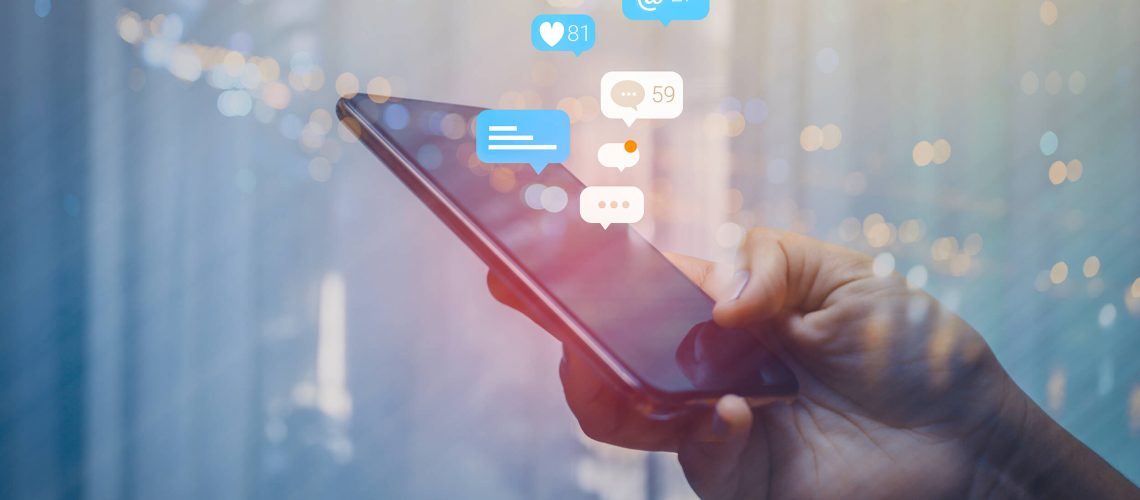
Are you listening…?
When was the last time you were put on hold by customer service and had to wait listening to some poorly chosen instrumental music while your phone was glued to your ear? Not too long ago, perhaps. My friends who belong to Gen Z would probably raise an eyebrow at this and ask, “why would I bother to call customer service, when I can tweet?”
Social media has evolved tremendously over the last decade. What started as a means to connect and communicate with friends and family and meet new people has become a virtual marketplace, a place to share and learn, a place to notice and get noticed. We have come a long way, in just a decade.
Of the 7.9 billion of us on Earth, more than 4 billion use social media and this number is growing1. Up until 2010, Facebook and Youtube dominated the social media space. Then there was a flurry of new sites that started gaining traction—Whatsapp, Tumblr, WeChat, Instagram among others. Today, besides Facebook, five other platforms have over a billion active users each and gold mine of conversations waiting to be tapped into.
Social listening
Today, social monitoring and listening are tools brands can use to review, understand, and evaluate events and conversations in social media that are happening in real-time. Social monitoring looks at metrics like mentions, hashtags, shares and compiles this data.
But social listening goes beyond the metrics and the analyses. It calls for action—when you connect with your customers or partners and engage with them in that conversation.
One of the best examples I came across was how social listening helped Virgin Trains respond to one of its customers in an emergency.
“A passenger was on a train headed to Glasgow from Euston when he got up to use the restroom. Just minutes later, he found himself in an urgent situation — he’d run out of toilet paper just when he needed it most (!). What would you do if that were you?
This passenger decided to tweet about it, unabashedly informing the company about his dilemma.
Virgin Trains quickly tweeted back and offered help, promptly taking care of the issue both online and onboard.” Source: https://brand24.com/blog/what-is-social-listening/
There are many ways social listening can help—whether you are a new player in the industry, or an established brand.
Social media analytics
Searching for relevant conversations tracking several keywords across a multitude of platforms cannot be done manually and that is why specialised user-friendly tools are available that help to navigate through the mass of mentions, filtered to your needs.
Social listening tools help to aggregate mentions, likes, shares by the profile of your customers across demographics, location, sentiment etc., as well as set up alerts for positive or negative mentions4.
Social media analytics goes a step further and not only includes insights gained from social listening, but it also highlights the business’s performance (ROI) around social activities5. These tools enable the user to create simple, yet visually powerful dashboards customised to an individual’s needs.
The future of listening
Where do we go from here? Experts at MIT say audio social networks could be the next big thing. Companies like Clubhouse and Discord gained tremendously in popularity when the pandemic started, and people faced social distance and isolationm. However, it comes with its own challenges of privacy, abuse and discrimination and content moderation in audio is far more difficult than it is in next.
Whatever the next ten years look like, one thing is for sure—our need to connect, to belong, to share with others will only amplify.
References:

Interested Services